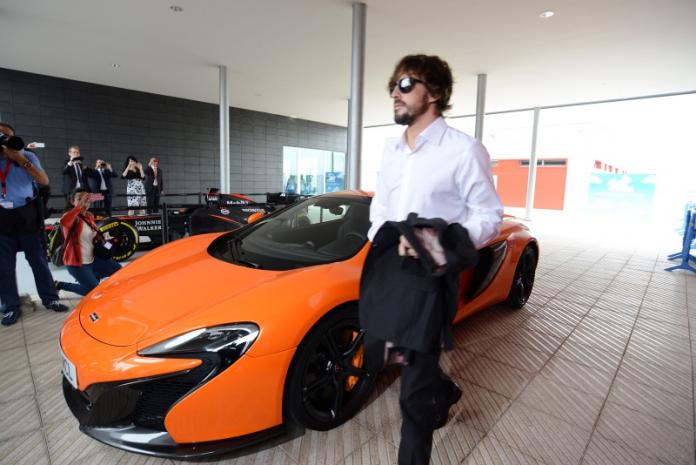HSE report finds de Villota crash failings

Maria de Villota was left to rely on her own 'skill and experience' during her ill-fated test with the Marussia F1 team, according to an official Health and Safety Executive report.
The Spaniard had completed only two straight-line runs in the 2012 Marussia car when she collided with the tail-lift of one of the team's trucks, suffering serious facial injuries - including the loss of an eye - with neurological complications that eventually contributed to her death a year later.
Although the HSE subsequently opted not to prosecute Marussia over the accident, a report - seen by the BBC under the Freedom of Information Act - highlights failings on the team's behalf that could have contributed to the injuries sustained.
The then 32-year was not an F1 novice, having previous enjoyed successful test runs with the Lotus team at Paul Ricard the previous year, and was also accustomed to rapid single-seaters having raced in both the Euroseries 3000 and Superleague Formula categories, but the report claims that Marussia relied too heavily on her 'skill and experience' during the 2012 test.
In particular, the HSE findings claim that, despite several opportunities, de Villota was not given specific instructions for entering the temporary pit-lane set up at the Duxford aerodrome site, notably the procedure for the stopping the car and the gears to use for the process. Although she successfully completed her first two runs, she was ill-equipped to deal with issues that arose at a scheduled stop, leading to the collision with the truck.
When the front wheels of her car locked under braking, the fact that it remained in gear with engine idle control running, the report claims that de Villota was essentially being 'pushed' along the makeshift pit-lane, resisting her attempts to both stop and, subsequently, avoid the truck.
de Villota claimed that pressing the button designed to unlock the clutch and disengage the gears proved futile, while a gear change from second to first was also rejected by the engine idle control. The report also highlights a previous complaint from the driver that suggested she had been unable to operate the clutch when the steering wheel was at full-lock, which it was at the time of the crash.
Although the Spaniard later claimed that she thought she would miss the truck, which was parked in the pit area to provide support to the team's activities, her helmet made contact with the tail-lift which, according to the documents, was 'larger' than the ones found on a normal race truck. The report also found that the tail-lift had been left in a position which 'not only created the risk of injury', but was at a similar height to the driver's eye-line, perhaps contributing to her claim that she never saw it.
de Villota's family say they may still consider seeking compensation for her injuries and subsequent death.

